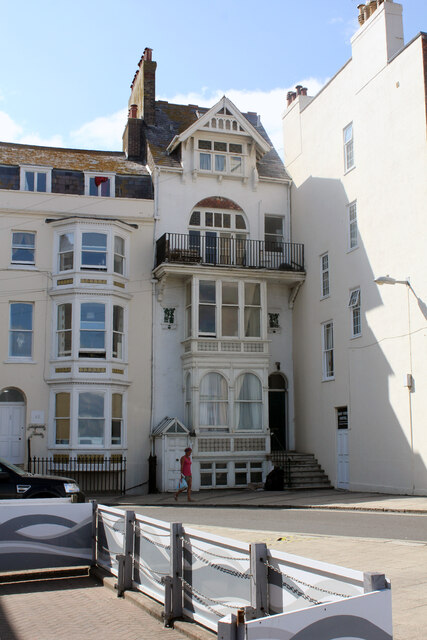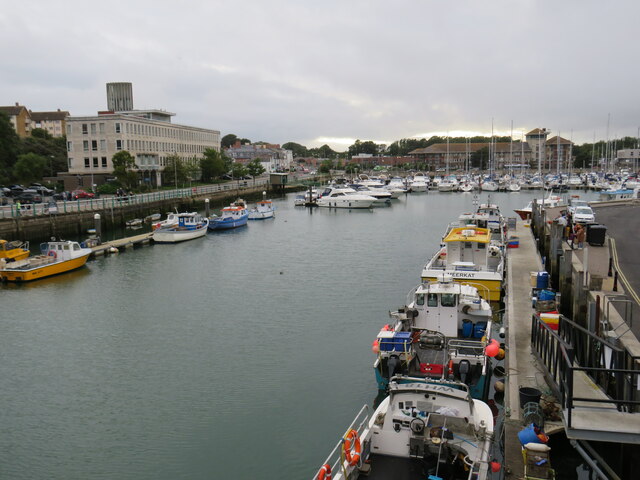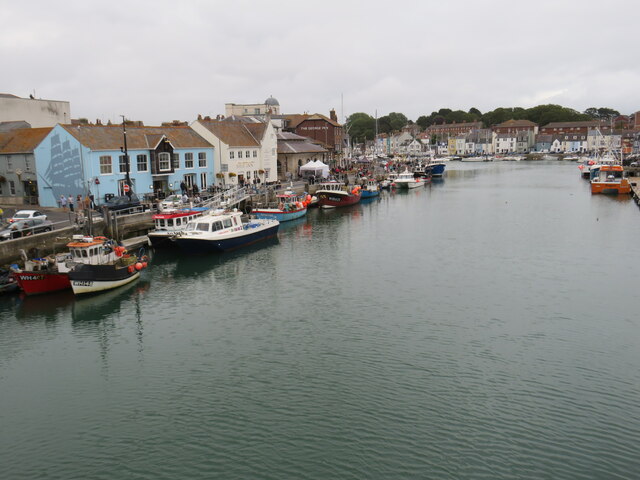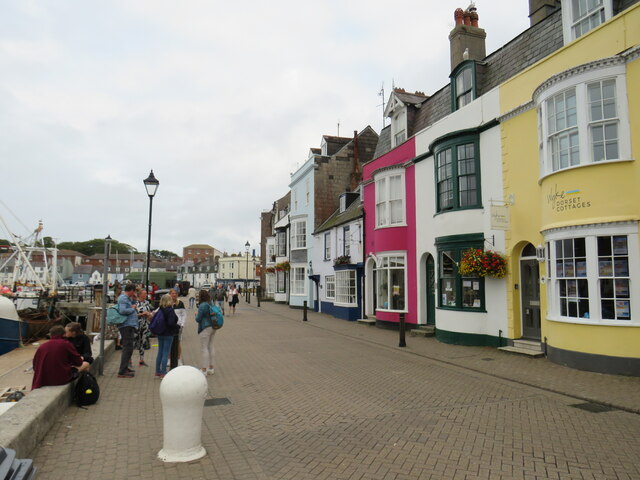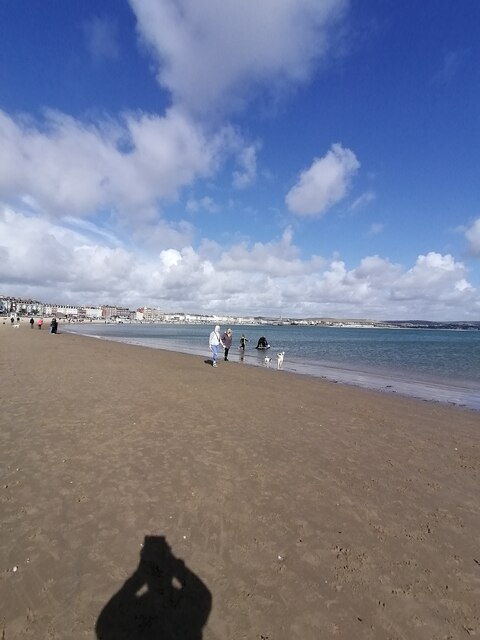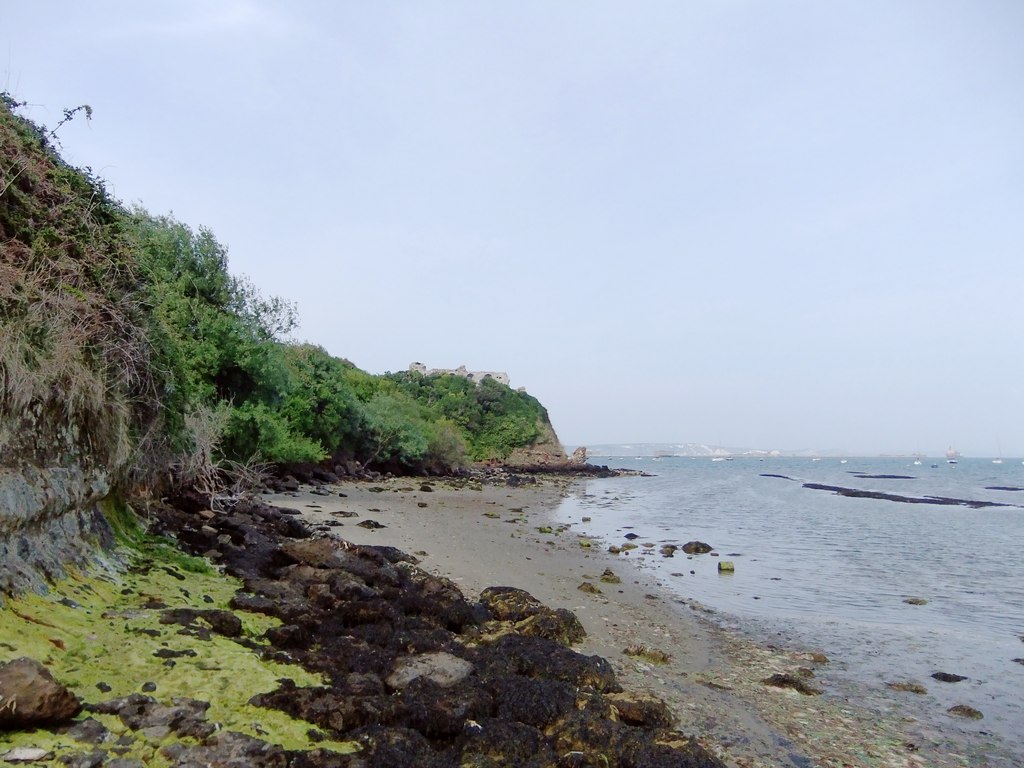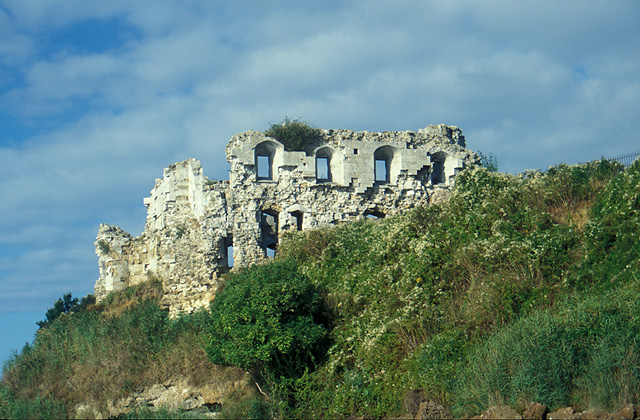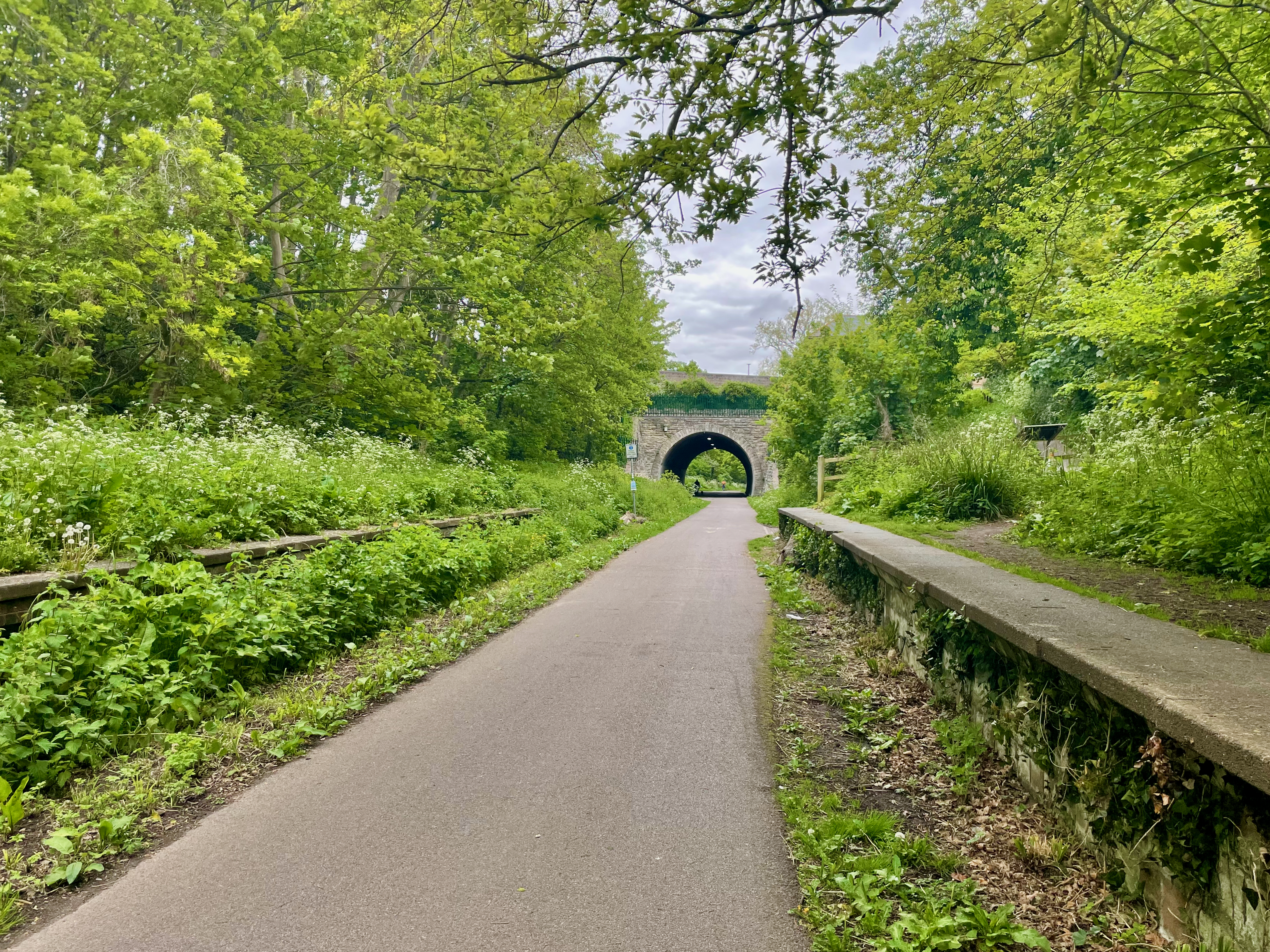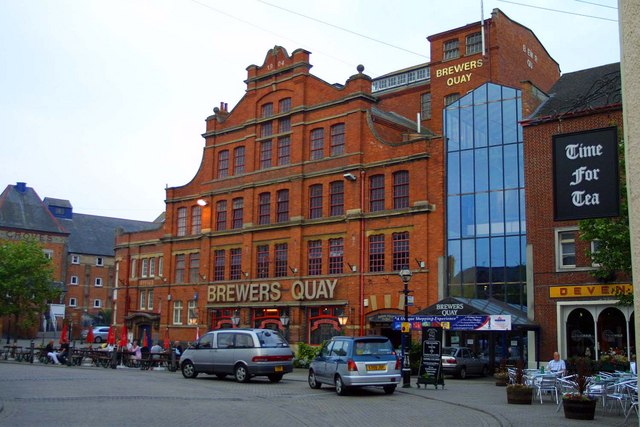Western Ledges
Coastal Feature, Headland, Point in Dorset
England
Western Ledges
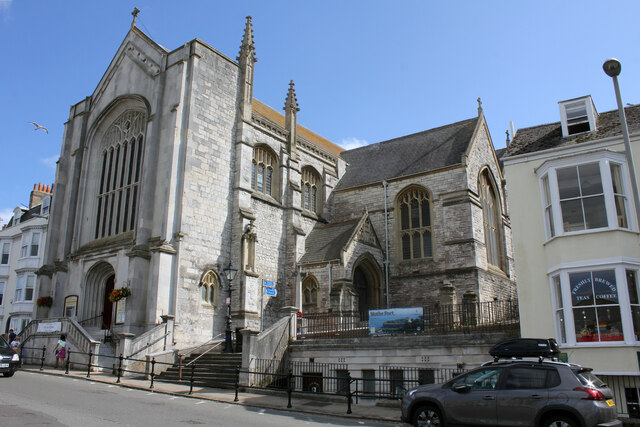
Western Ledges is a prominent coastal feature located in Dorset, England. It is a stunning headland that extends into the English Channel, offering breathtaking views and unique geological formations. This rocky point is situated on the Jurassic Coast, a UNESCO World Heritage Site renowned for its rich geological history.
The headland is characterized by its rugged cliffs, which rise majestically from the sea. These towering limestone cliffs showcase layers of sedimentary rock that date back millions of years, providing a glimpse into the Earth's ancient past. The cliffs are also adorned with vibrant vegetation, including hardy grasses and shrubs, which add to the area's natural beauty.
The Western Ledges headland is an important landmark for navigational purposes, as it helps ships and boats determine their position along the coast. Additionally, the area is popular among outdoor enthusiasts and nature lovers, who are drawn to its scenic beauty and abundant wildlife. Visitors can often spot various seabirds, such as gulls and cormorants, as well as marine creatures like seals and dolphins.
Access to Western Ledges is possible via a coastal footpath that meanders along the cliff edge. This path allows visitors to explore the area and offers stunning views of the surrounding coastline. However, it is important to exercise caution while walking along the cliffs, as they can be steep and unstable in some areas.
Overall, Western Ledges in Dorset is a captivating coastal feature that showcases the area's geological heritage and offers a breathtaking natural landscape for visitors to enjoy.
If you have any feedback on the listing, please let us know in the comments section below.
Western Ledges Images
Images are sourced within 2km of 50.598753/-2.4552069 or Grid Reference SY6777. Thanks to Geograph Open Source API. All images are credited.

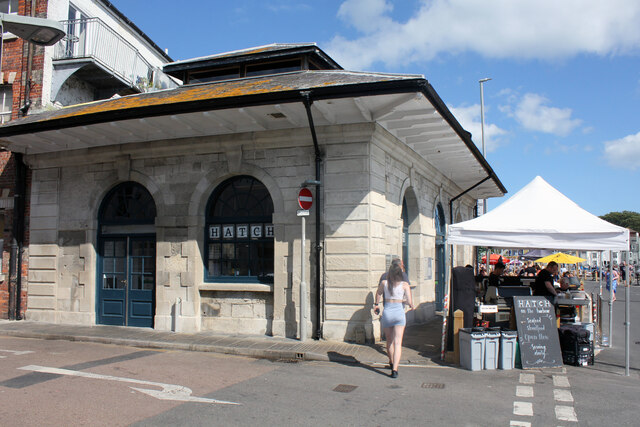
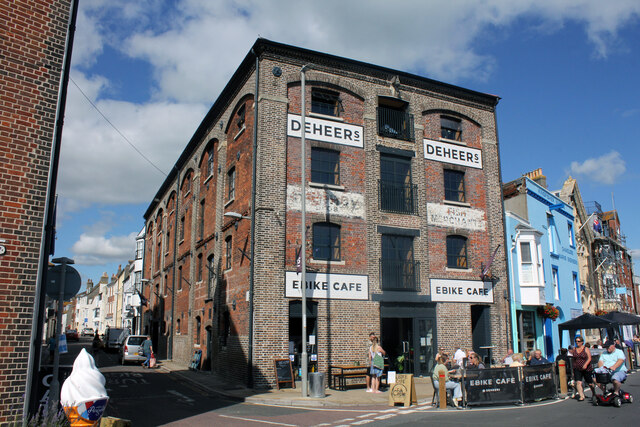
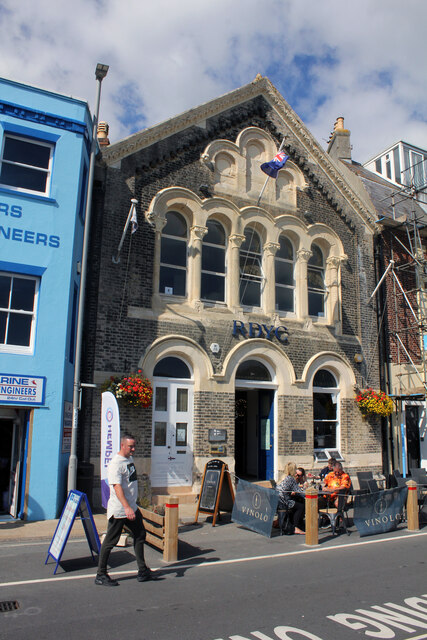
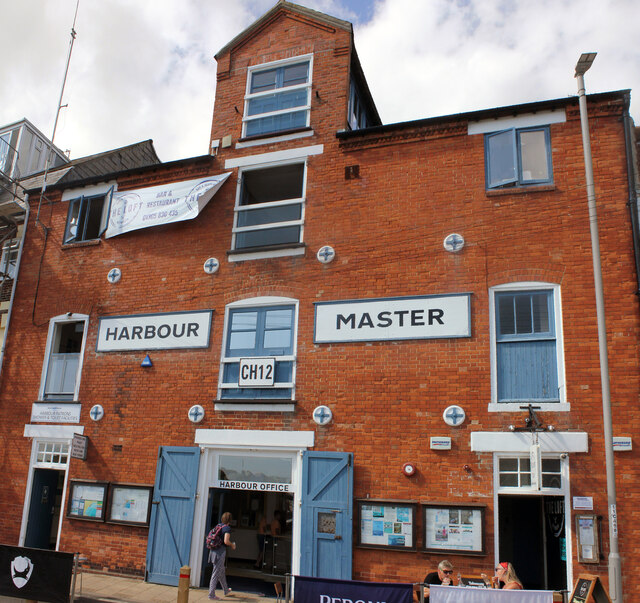
![Rear of Bank Buildings 16 Esplanade Weymouth Grade II Listed former hotel of about 1850 that underwent considerable modification, especially to the ground floor, in about 1900. The building currently carries the name of 'Edward Court' in the fanlight over the main front door having previously been the Edward Hotel. A list of John Groves & Sons pubs has, 'Marine Hotel, later [by 1911] Edward Hotel'. Writing in about 1881, in a letter, Lillie Langtry said 'We got in at two and went to the Marine Hotel which turned out to be a pot house of the lowest description in which people shared beds between six and the proprietor was quite drunk and would not show us our rooms...' The Post Office directories of 1859 and 1875 list no bank or hotel on the Esplanade (this section formerly listed as Bellvue) but list 'private hotel, Bank house'. In other 1851, 1852 and 1855 directories the same occupant George Voss is listed as boarding-house keeper at 'Bank Buildings'. I suspect the name is misleading and it never was a bank, particularly as typically a bank would have its name cast into the stone/brickwork. The Marine Hotel probably changed its name with the circa 1900 refurbishment. A 1938 hotel advertisement for a cook requires a reply to a George Kenneth. During WW2 the hotel was requisitioned by the Navy probably for crews of Motor Gun Boats. A local resident talking about the 1950s tells us that 'the hotel was owned by a Mr Hanky, a former London landlord, and that it was a renowned late-night watering hole for the town’s councillors as well as for some rather shady characters'. I can't find when it was converted to flats but the resident association was incorporated in November 1983. From other directories, proprietors are, 1889 Harriet Bowles Marine Hotel, 1895 E N Clapp Marine Hotel, 1911-1915 Albert Whaley Edward Hotel.](https://s2.geograph.org.uk/geophotos/06/95/74/6957470_ae400fc2.jpg)
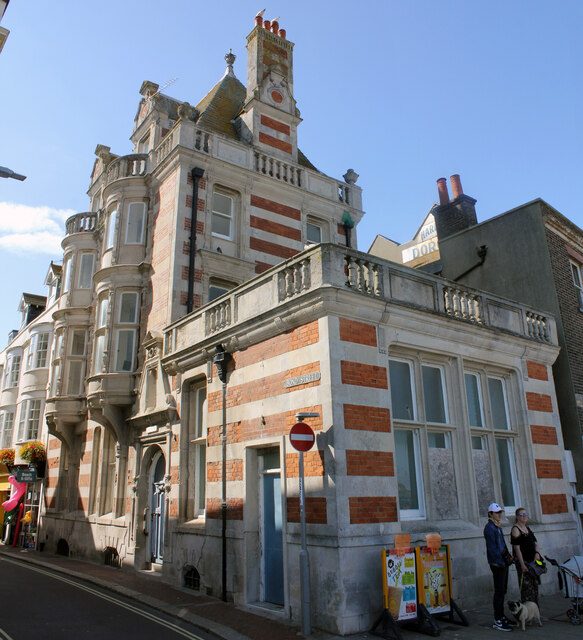
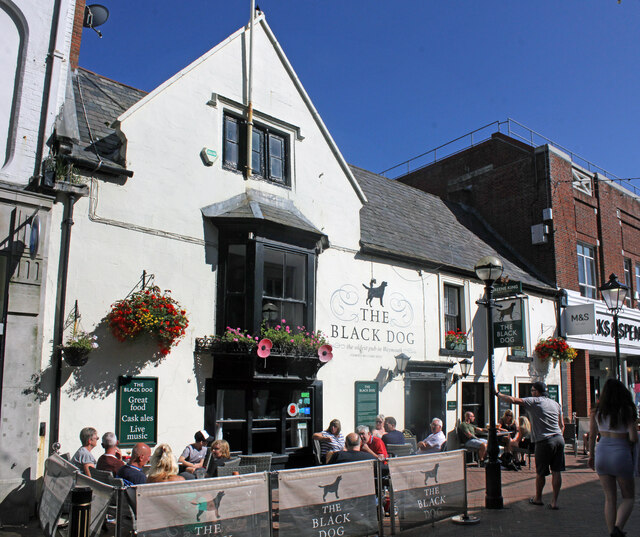
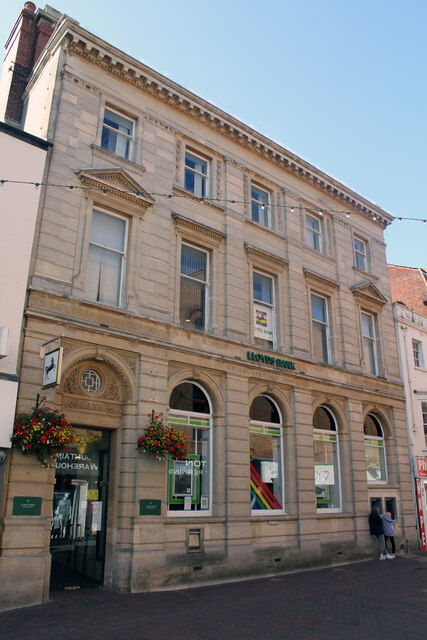
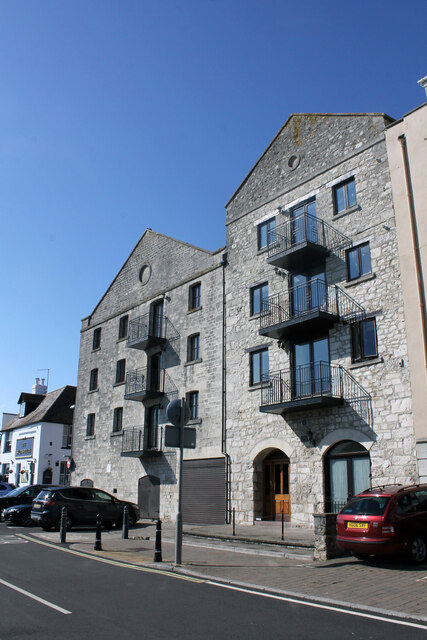

Western Ledges is located at Grid Ref: SY6777 (Lat: 50.598753, Lng: -2.4552069)
Unitary Authority: Dorset
Police Authority: Dorset
What 3 Words
///direct.flying.hiding. Near Weymouth, Dorset
Nearby Locations
Related Wikis
Portland House, Weymouth
Portland House is a 20th-century detached house, located at Weymouth, Dorset, England. It is found in the area known as Bincleaves, overlooking Portland...
Castle Cove, Weymouth
Castle Cove, also known as Sandsfoot Cove, is a small secluded sand beach to the west of Weymouth, in Dorset, southern England. It is in the parish of...
Sandsfoot Castle Halt railway station
Sandsfoot Castle Halt was a small railway station on the Portland Branch Railway between Weymouth and Portland in Dorset. == Station == Opened on 1 August...
Sandsfoot Castle
Sandsfoot Castle, also known historically as Weymouth Castle, is an artillery fort constructed by Henry VIII near Weymouth, Dorset. It formed part of the...
Rodwell railway station
Rodwell was a small railway station on the Portland Branch Railway in the west of the English county of Dorset. == Station == Opened on 1 June 1870, it...
Newton's Cove
Newton's Cove is a small cove, 0.5 kilometres (0.3 mi) south of Weymouth, Dorset, England. Overlooking Portland Harbour, the cove is close to Nothe Gardens...
Brewers Quay
Brewers Quay is a converted Victorian brewery on the south side of Hope Square near the Old Harbour in Weymouth, Dorset, southern England. Much of the...
Timewalk
The Timewalk was an exhibition and visitor attraction located in Brewers Quay, Weymouth, Dorset. It opened in 1990 and closed in 2010. One of Weymouth...
Nearby Amenities
Located within 500m of 50.598753,-2.4552069Have you been to Western Ledges?
Leave your review of Western Ledges below (or comments, questions and feedback).
